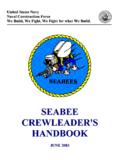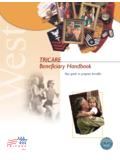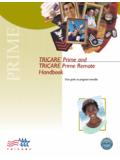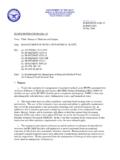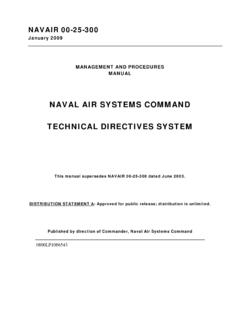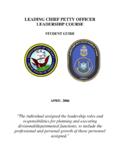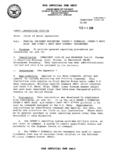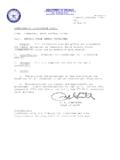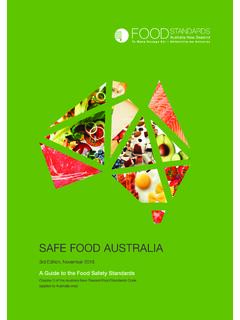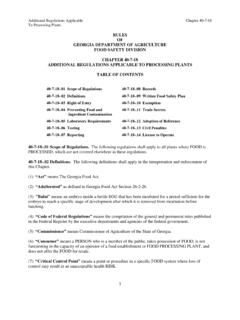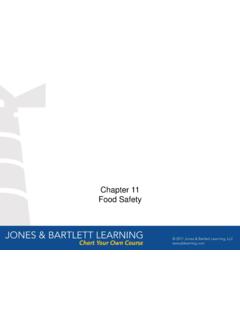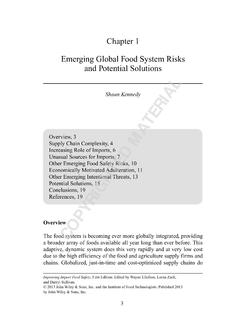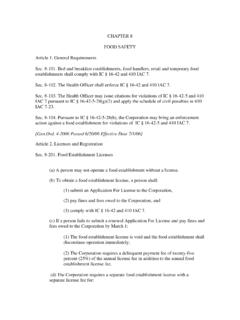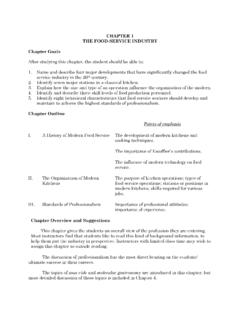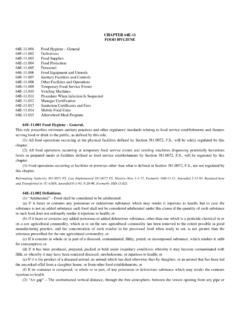Transcription of CHAPTER 1, FOOD SAFETY - NAVY BMR
1 CHAPTER 1, food SAFETY Change 1 Rev May 2004 Pasteurized Eggs, Substitute for Shell Eggs for Certain Recipes and Populations Pasteurized liquid, frozen, or dry eggs or egg products shall be substituted for shell eggs in the preparation of: a. Foods such as Caesar salad dressing, hollandaise or b arnaise sauce, mayonnaise, eggnog, ice cream, and egg-fortified beverages. b. Eggs for a highly immunocompromised or otherwise susceptible population. Washing Fruits and Vegetables a. Fresh fruits and vegetables should be procured only from approved sources. b. Fresh fruits and vegetables from approved sources, shall be thoroughly washed in clean, potable water to remove soil and other contaminants before being cut, combined with other ingredients, cooked, served, or offered for human consumption in ready-to-eat form.
2 Head/stalk produce such as lettuce, cabbage and celery, etc. must be broken apart during washing to enhance contact to head/stalk produce surfaces. c. For fresh fruits and vegetables from unapproved sources, as well as those suspected of being contaminated with pathogenic organisms, the following is recommended: 1. First, wash fresh fruits and vegetables as described in 2. Then subject the fresh fruits and vegetables to a chemical wash (refer to ) using an approved direct food contact additive. 3. Following the chemical wash, thoroughly rinse the fresh fruits and vegetables with clean potable water before being cooked and/or served to the consumer. d. Recommended chemical wash solution and procedures. Sodium hypochlorite 5% (unscented bleach) is generally recommended for use.
3 Fresh fruits and vegetables may be 55 CHAPTER 1, food SAFETY Change 1 Rev May 2004 Washing Fruits and Vegetables (Continued) chemically washed by immersion in a 50 ppm free available chlorine (FAC) solution for 1-2 minutes. A 50 ppm FAC solution may be made by adding tablespoons of 5% Sodium hypochlorite to 5 gallons of potable water or a Calcium hypochlorite (70%) FAC solution may also be used. To make a Calcium hypochlorite 50 ppm FAC solution add 1 tablespoon of Calcium hypochlorite (70%) to 25 gallons of potable water. Use the correct chemical test paper (strips) to match the chemical wash solution to periodically monitor the FAC to verify that chemical strength (50 ppm FAC) is maintained. It is especially important to follow these procedures due to quality and taste of these food items.
4 Note: other chemical solutions or products may be used if approved as an FDA direct food contact additive. Chemical sanitizers approved for dishware, utensils, and other food contact surfaces are not necessarily FDA approved for washing fresh fruits and vegetables. Ice used as Exterior Coolant is Prohibited from Reuse Ice may not be used as food after it has been used as a medium for cooling the exterior surfaces of food such as melons or fish, packaged foods, canned beverages, or cooling coils and tubes of equipment. Single use Gloves, used for one Purpose and Discarded If used, single use gloves shall be used for only one task such as working with ready-to-eat food or with raw animal food , used for no other purpose, and discarded when damaged or soiled, or when interruptions occur in the operation.
5 55a CHAPTER 1, food SAFETY Change 1 Rev May 2004 THIS PAGE INTENTIONALLY LEFT BLANK 55b

